In addition to the various dangerous goods regulations being updated year by year, the need to ship dangerous goods is projected to grow on a yearly basis. In fact, the current Market Research Future (MRFR) report predicts we will see a 5% annual increase in the dangerous goods logistics market through 2026. Between the need to ship lithium batteries increasing and the growing gas and oil industries, the dangerous goods market is shooting higher than it has ever been before, which will increase the need for UN packaging, Training, Labels, and Placards.
Why is The Market Projected to Grow?
There are a variety of factors that are driving the hazardous materials logistics market growth. Some of these include the growing oil and gas industry globally, the rapid development of the petrochemical industry, and increasing product application in the different end-user industries.
Globally, hazardous materials, or dangerous goods, make up a relatively large portion of freight, as they have wide usage in products and commodities. Gasoline, as well as other petroleum products, are likely to account for a large share. In addition, lithium batteries usage has continued to grow and has cemented their place in our daily lives worldwide. Geographically, the global dangerous goods logistics market is divided into the following categories: Asia Pacific (APAC), North America, Europe, & Rest of the World (RoW).
In North America, the global dangerous goods logistics market is predicted to have substantial growth through 2026. The presence of healthy infrastructure, growing oil trade in the US, and the presence of top industry players in the US are adding to the global dangerous goods logistics market growth throughout the continent. In addition, in Europe, the COVID-19 outbreak has had an effect on the dangerous goods logistics market growth. As per the European Industrial Gases Association, there has been a growing demand for medical oxygen of about 5 to 10 times more than usual, which, when shipped in cylinders would be classified as dangerous goods. Europe is expected to dominate the forecast period as they have shown a sharp increase in dangerous goods shipping over the past five years, with road freight being the key mode of transport.
With this continued growth, dangerous goods training will become more essential than it has ever been before. Proper training will help determine if you have the correct packaging, Hazard class labels, placarding, and paperwork with your shipments. If you need training, services, or products to help you with your dangerous goods shipments, feel free to contact us at 877-756-3718 (U.S.) or 888-977-4834 (Canada) for a quote today.
Sources:
Global Hazardous Goods Logistics Market is projected to grow at a +5% | Ceva Logistics, Bollore Logistics, DHL, DSV, DB Schenker, Hellmann Worldwide Logistics
Hazardous Goods Logistics Market to Grow at 5% CAGR by 2026 | Market Research Future (MRFR)
Stay up to date and sign up for our newsletter!
We have all the products, services and training you need to ensure your staff is properly trained and informed.
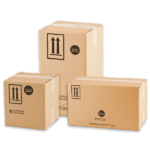 UN Packaging |
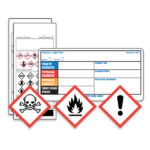 Labels |
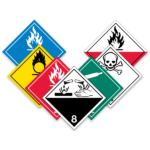 Placards |
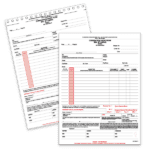 Forms |




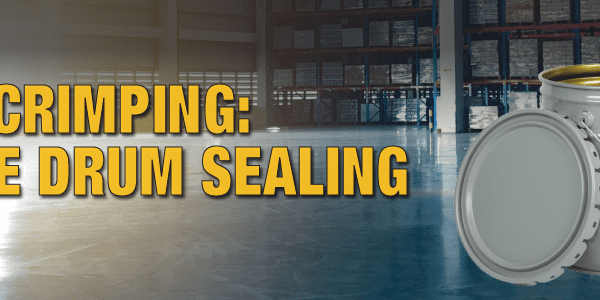


 ICC USA
ICC USA ICC Canada
ICC Canada